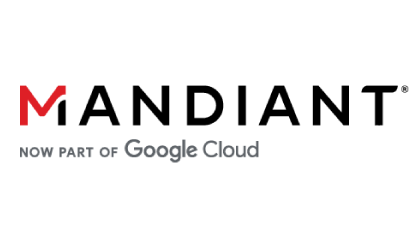A full-day virtual event co-hosted by Black Hat, Dark Reading, and Omdia that explores the cyber threats and technology trends to prepare for in the new year.
2024 is just around the corner – and so are new and evolving threats posed by cybercriminals and nation-states as well as emerging products and technologies that can help mitigate those threats. You’ll hear from some of the cybersecurity industry’s leading analysts and experts examining the next wave of cyber threats and attacks and technologies on which threats to prioritize and which technologies to adopt.
2024 Outlook: What Trends are on the Near Horizon in Cybersecurity?
Headline after headline, especially of data breaches, has intensified the scrutiny on cybersecurity. Economic headwinds add to the challenges faced by CISOs and their teams. Yet the organization must be secure and able to innovate. In this keynote address, Maxine Holt, head of Omdia’s cybersecurity research practice, provides insight into the cybersecurity trends on the near horizon that organizations should be preparing for, and provides advice on next steps.
Risk-Based Vulnerability Management: Cornerstone of a Proactive Security Strategy
Risk-Based Vulnerability Management has emerged as a key component of proactive cyber security strategies. Proactive approaches to security focus on reducing cyber risk by understanding, managing and reducing an organization’s attack surface. RBVM solutions create risk scores for specific vulnerabilities and assets, allowing security teams to create prioritized remediation recommendations.
Me and My Evil Digital Twin: The Psychology of Human Exploitation by AI Assistants
ChatGPT and GPT-4 large language models (LLMs) have taken the world by storm. Last year, a Google engineer became so convinced that a model was sentient that he violated his NDA. Two years ago, few were taking the prospect of the emergence of artificial general intelligence (AGI) seriously. Today, even conservative experts suggest a much quicker timeline. The truth, as we will show, is much stranger: humans will perceive LLMs as sentient long before actual artificial consciousness emerges, and digital agents will discover and manipulate principles of human cognitive operating rules far in advance of AGI.
Cloud Security Myths Dispelled
Moving to the cloud doesn’t mean surrendering all security responsibility to the cloud application or cloud service provider. There are plenty of misconceptions surrounding cloud security – such as who is responsible for what — as well as common misconfigurations that can lead to exposed or vulnerable cloud accounts. In this keynote, a practitioner will discuss emerging threats to cloud assets and services, common missteps – and will dispel misunderstandings and myths around securing cloud accounts so you can better secure your cloud assets.
Cloud Threat Forecast
Enterprises accelerated their move to cloud applications and services during the pandemic to accommodate the work-from-home wave. That sudden shift to the cloud at the same time opened up a whole new potential attack surface that many organizations still struggle to manage and secure. In this panel discussion, cloud security experts will share insights into the types of security flaws, threats, and attacks that could be on the cloud horizon for enterprises in 2024. They also will discuss promising technologies and strategies for securing cloud assets.
New Year’s Resolutions for the Security Operation Team
With a rapidly evolving threat landscape, new threat actors, and a hybrid workforce – and a workforce that includes the security operations teams themselves – an enterprise’s security posture must be constantly evolving and adapting. What are the main priorities security teams should implement in 2024 to best keep their IT infrastructure secure? In this panel discussion, experts will share the most important security issues that SecOps teams should address in the coming year, key technologies that can help, and the best practices for executing these New Year’s resolutions.
Ransomware How to Detect Attacks Before They Become Catastrophic
Tines: Product Demo
Panoptica: A Brief Introduction
Cybersecurity Outlook 2024



































